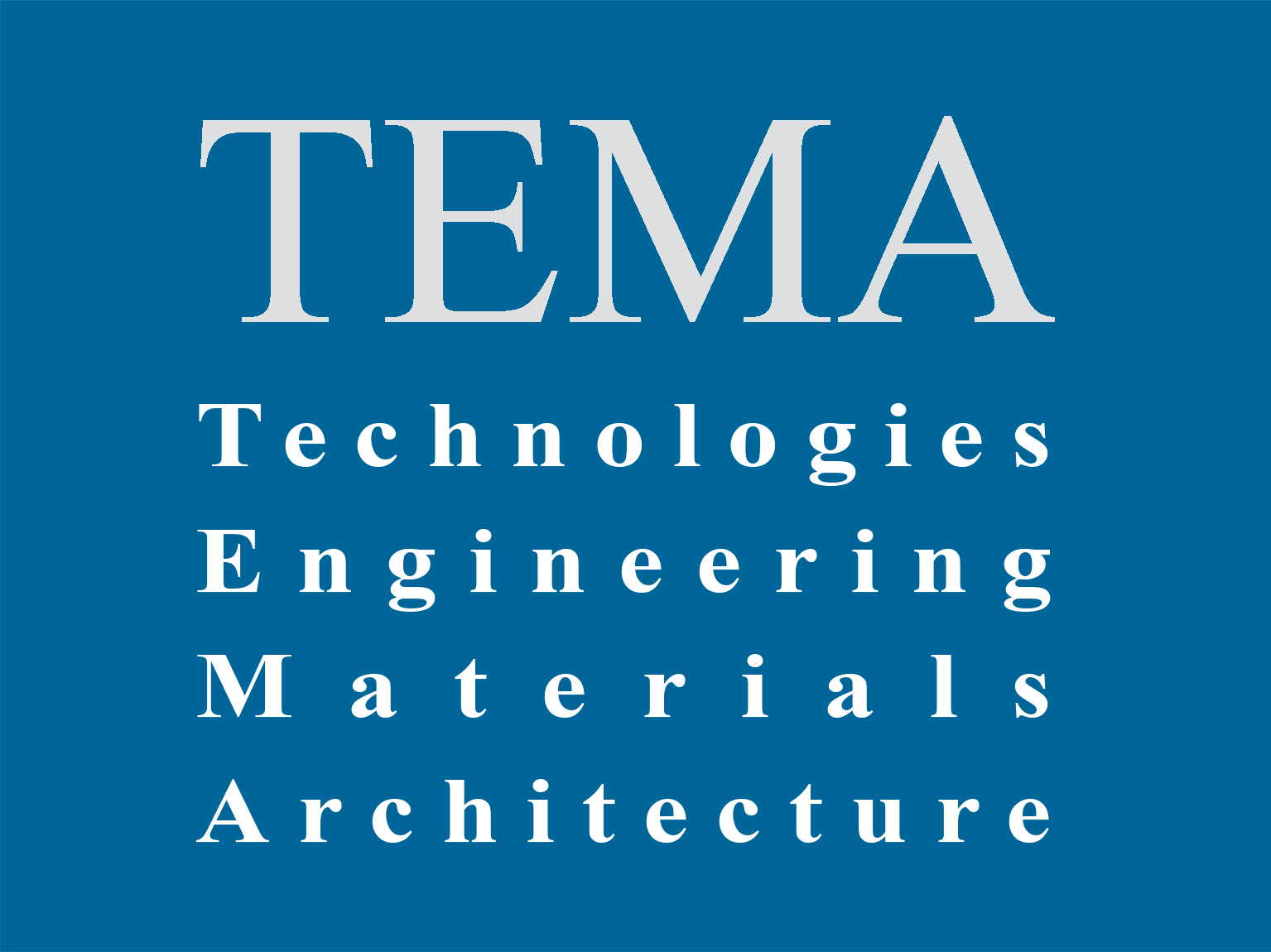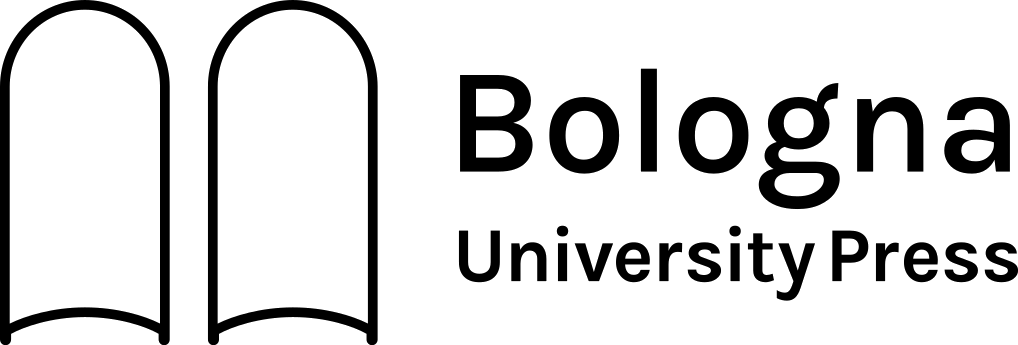Abstract
Sustainable strategies for Architectural Heritage reuse rely on preserving built environment features and maximizing visitors’ engagement. Occupancy issues can cause the degradation of building materials and surfaces, especially in isolated built environments, like hypogeum. The visitors’ presence affects indoor hygrothermal loads. Acceptable fruition models could provide number and timing for visitors’ access, but behavioral patterns should be assessed to evaluate if conservation-based assumptions can provide adequate users’ engagement. This work adopts technologies for detecting users’ behaviors and perception, applying it to a hypogeum characterized by high-valued reliefs on sandstone surfaces. Visitors’ numbers and times are defined to guarantee that thermal conditions do not exceed hypogeum natural fluctuations. Given this fruition model, in-situ experiments are performed to assess visitor’s perception of high reliefs and fruition patterns. Perception is investigated through a wearable eye-tracking system to point out which artifacts attract more attention and how. Fruition patterns are assessed in terms of users’ paths and engagement time in the hypogeum areas. Results show that the users’ attention is focused on better conserved and lightened high reliefs, suggesting the importance of lighting-design strategies for hypogeum reuse. The proposed fruition model can ensure satisfactory users’ engagement while guaranteeing adequate hypogeum thermal conditions.









